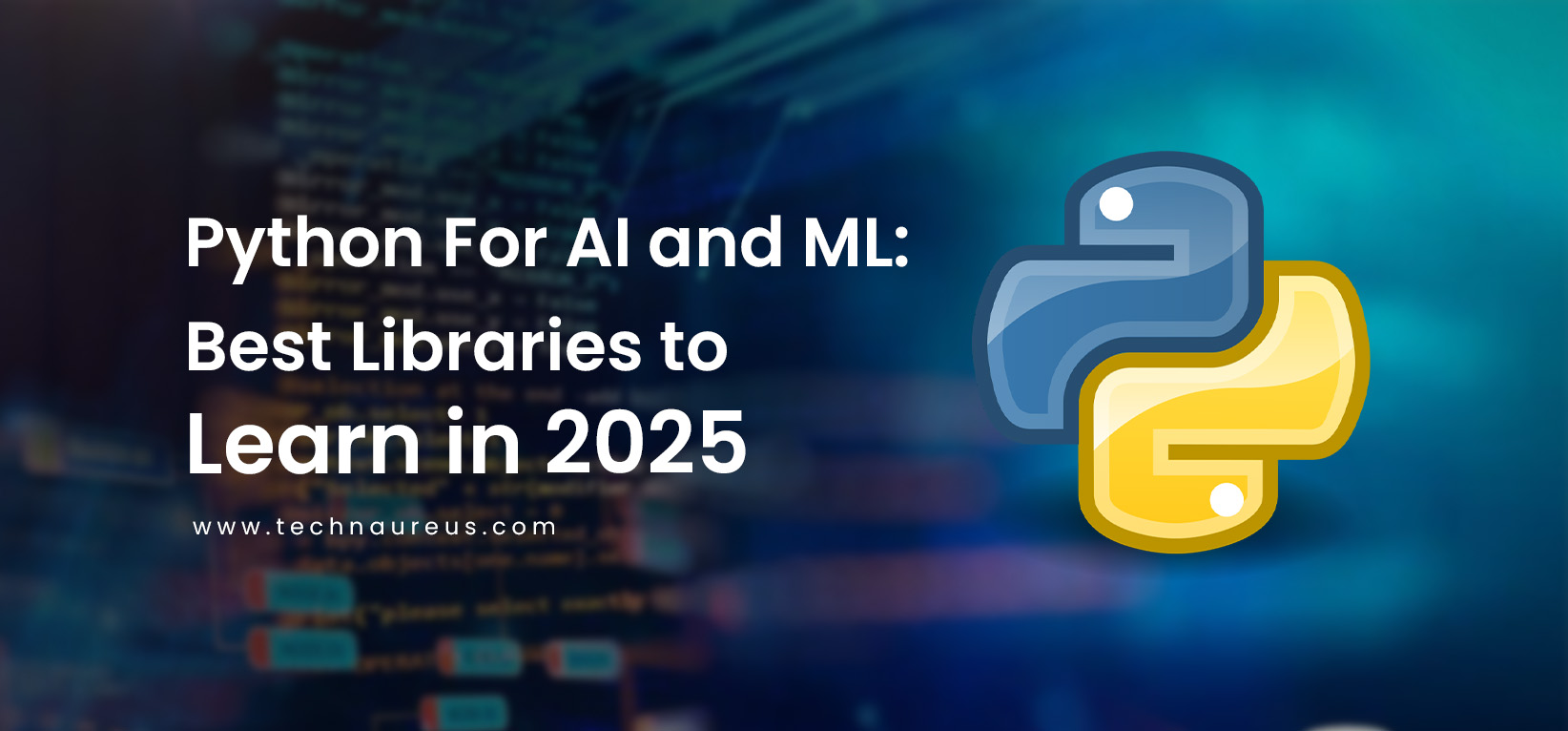Sanjay AjayMay 6, 2025
Artificial Intelligence (AI) and Machine Learning (ML) are not buzzwords anymore—they're busy building the future of business, technology, medicine, and many more. As we step into 2025, the demand for AI/ML skills continues to grow, and Python remains the top programming language powering this revolution.
Whether you're a beginner looking to enter the AI/ML space or a seasoned developer aiming to stay current, knowing the best Python libraries can give you a serious edge. In this blog post, we'll explore the top Python libraries for AI and ML in 2025 and how each can accelerate your journey in the field.
Before diving into the libraries, it's important to understand why Python dominates AI/ML:
Now, let’s take a look at the best Python libraries to master in 2025.
Google developed this one of the most widely used open-source libraries for deep learning and AI.
Want to dive deeper into TensorFlow? Check out our detailed guide: TensorFlow for Machine Learning: A Beginner’s Guide for step-by-step insights, beginner-friendly examples, and practical tips to get started.
Backed by Meta (formerly Facebook), PyTorch has become a developer favorite due to its dynamic computation graph and intuitive syntax.
If you’re working on traditional machine learning algorithms, Scikit-learn is a must-learn.
Keras is a high-level deep learning API constructed on top of TensorFlow. It makes it easy to build neural networks.
While not exclusively an AI/ML library, Pandas is critical for data manipulation and preprocessing.
NumPy offers support for large multi-dimensional arrays and matrices. It forms the foundation of many ML libraries.
For data visualization in AI/ML projects, Matplotlib and Seaborn are go-to libraries.
NLP is a rapidly growing subfield of AI/ML, and Hugging Face Transformers is at the forefront.
These are powerful gradient boosting frameworks often used in Kaggle competitions and real-world projects for structured data.
An essential library for computer vision tasks like image detection, face recognition, and object tracking.
In 2025, the field of ML & AI is more exciting than ever. The right tools can drastically reduce development time and improve model performance. By mastering the libraries mentioned above, you'll be well-equipped to build smart, scalable, and efficient AI/ML solutions.
Whether you're developing intelligent chatbots, automating business processes, or diving into deep learning, Python continues to be the best ally in your AI/ML journey.
Stay ahead in the AI/ML game—start learning these libraries today and future-proof your career.

1